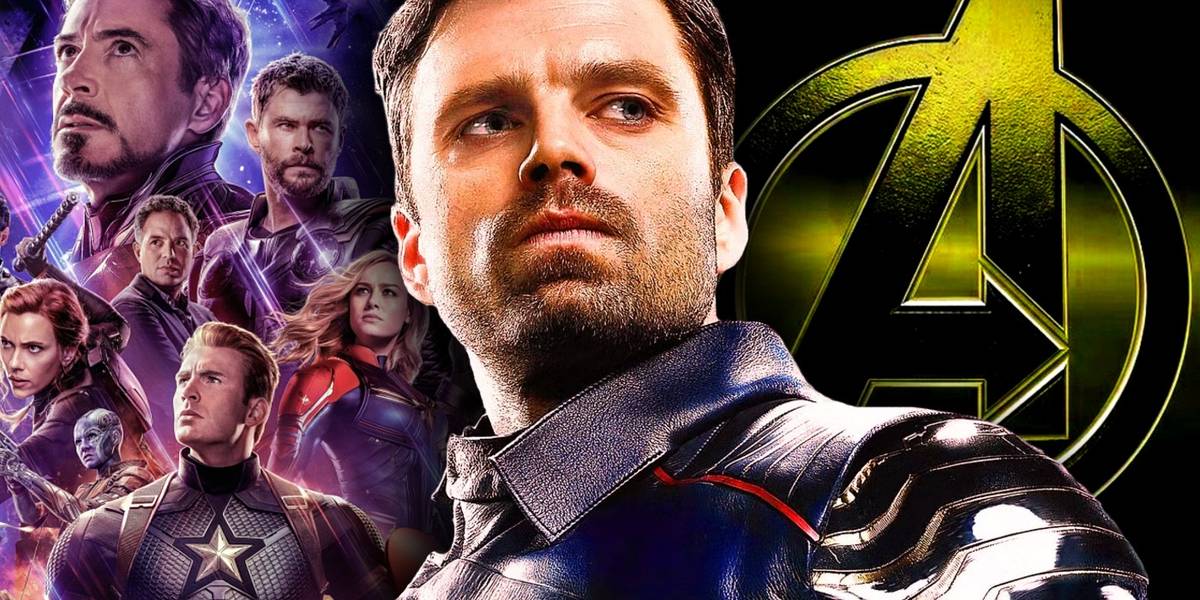[[{“value”:”
Warning: Spoilers for Thunderbolts*!Marvel just revealed what’s next for its New Avengers, and it’s exciting news for both moviegoers and comic fans. The Marvel Cinematic Universe’s latest film, Thunderbolts*, ends with a surprising twist as the team is officially rebranded as the New Avengers. This bold move sets up the upcoming Avengers: Doomsday in a major way. While MCU fans have plenty to look forward to, Marvel is also delivering something big for comic readers.
Marvel has announced that its previously announced Thunderbolts comic book series by Sam Humphries and Ton Lima will be renamed The New Avengers ahead of its June 11, 2025, release date. Below, readers can find Stephen Segovia’s cover art alongside variants by Segovia and Derek Chew.
This renaming confirms that the New Avengers’ arc will align with what is happening onscreen and directly tie New Avengers lore to Thunderbolts lore for the first time since the latter’s inception in the 1990s.
The Thunderbolts Officially Become the New Avengers in the Comics
New Avengers #1, Written by Sam Humphries, with Art by Ton Lima
The MCU influencing Marvel’s comics is nothing new, with the New Avengers switch from the Thunderbolts’ namesake being merely the most recent example. It’s a strategy that makes sense. The modern superhero fan is more likely to have seen the movie adaptation before reading a comic, and so synergy brings the two audiences together. For most mainstream audiences who are either casual comic readers or have never picked up a comic book in their lives, they probably never heard of the Thunderbolts title until the movie of the same name hit theaters.
To cater to those audiences, it’s a smart business move to draw moviegoers into comics by building on what they already discovered onscreen, without making them feel like they’re missing out by picking up their first issue. In turn, the New Avengers change excites comic readers for the same reason it thrilled movie audiences. Just as fans saw Thunderbolts transforming into The New Avengers as a fun MCU twist, seeing that shift reflected in the comics creates the same kind of pleasant surprise. It delivers the same effect while also enticing new readers into the world of comics.
The New Avengers’ Comic Team Is Totally Different From the MCU’s Version
Marvel’s New Avengers Roster Features Former Villains Trying to Earn Redemption
Much like with the onscreen Thunderbolts* cast, one of the key members of the New Avengers squad is Bucky Barnes, better known as the Winter Soldier. That being said, sharing Bucky Barnes is the only similarity between the comics’ New Avengers roster and the MCU. While much of the MCU version consisted largely of lesser-known supporting characters from other movies, the comics boast a more familiar set of superheroes. Among them are Laura Kinney’s Wolverine, Doctor Strange’s wife Clea, Namor the Sub-Mariner, the Incredible Hulk, the original Black Widow, and Eddie Brock as Carnage.
Bucky Barnes, previously known as the Winter Soldier in the comics, has now taken the codename The Revolution.
Although both rosters of New Avengers are vastly different, both have the caveat of featuring heroes who, for the most part at least, are former villains trying to atone for past sins. Eddie Brock’s evils as Venom are well-documented, and, ironically, he uses the Carnage symbiote to be the world’s Lethal Protector. Laura Kinney regrets the dark actions she committed as X-23, while Black Widow and Bucky are both former assassins in this regard as well. Namor and Hulk have also dabbled in villainy.
Marvel’s New Avengers Aren’t Just Fighting Villains,They’re Battling Their Own Demons
The Killuminati Push the Team to Face Their Darkest Truths
The MCU version of New Avengers is tasked with overcoming past trauma, depression, and guilt as individuals in order to come together as a team to take down The Void, Sentry’s dark half, which is even darker in the comics. On the flip side, in the comics, the New Avengers must defend the planet against the Killuminati, who are nightmarish versions of the Illuminati. Both are very different obstacles, but like with The Void, the Killuminati has the potential to connect thematically to the New Avengers’ inner turmoils.
Whether it be the comics or the MCU, these heroes join their respective teams with emotional baggage they’re trying to overcome, whether it’s recent trauma or decades-old wounds that cut to the core of who they are. In the MCU, The Void acted as a narrative device that forced heroes to confront their darkest secrets and sins, and the Killuminati could serve a similar purpose. The shift from the Thunderbolts to the New Avengers wasn’t just a gimmick; it was a visual reflection of the cast being ready to reinvent themselves as the heroes they’re meant to become.
Source: Marvel
“}]] What’s next for The New Avengers? Read More

